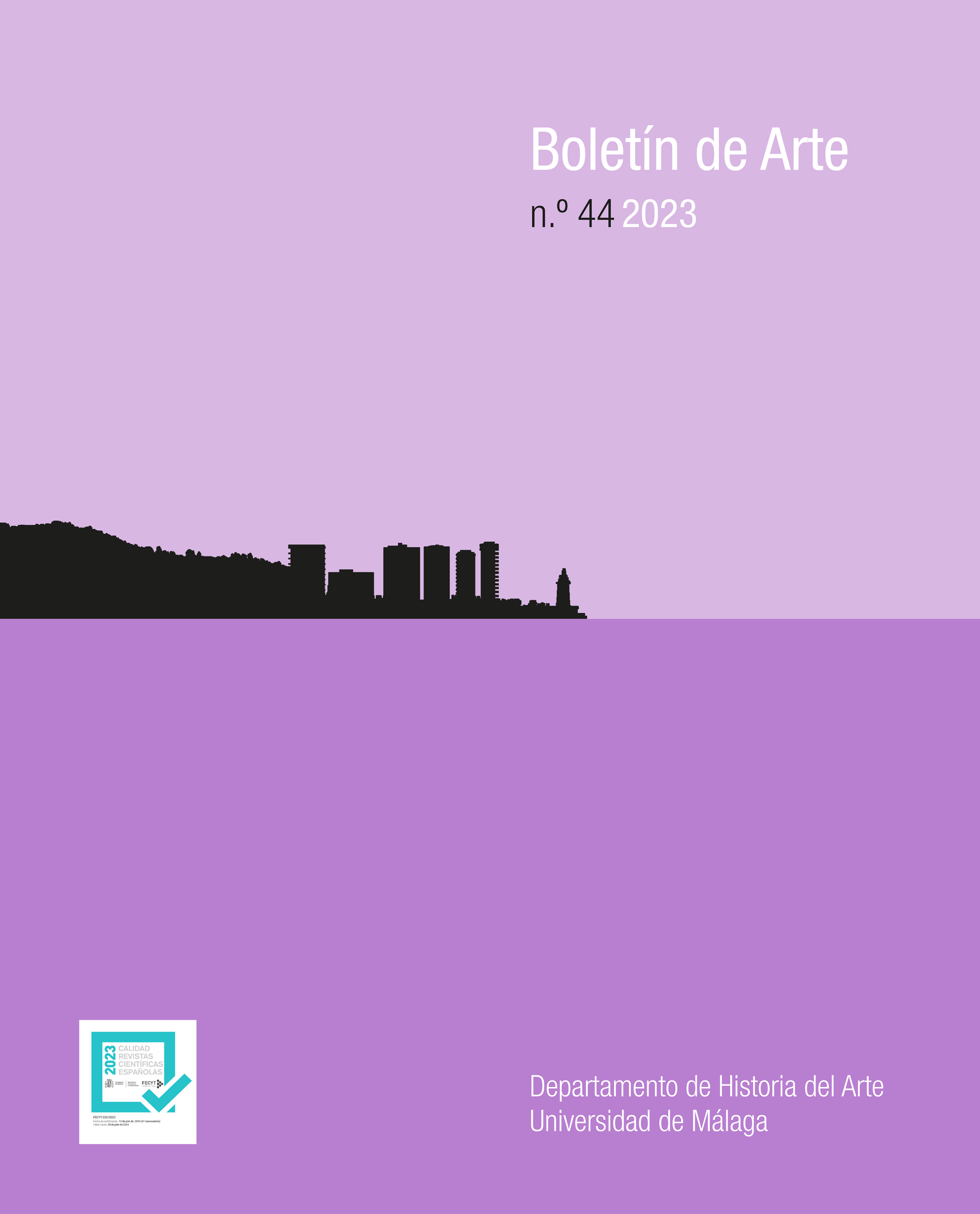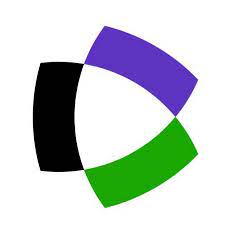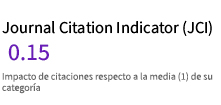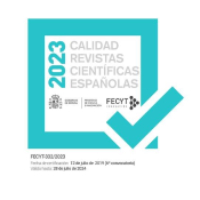The Hen as Poultry and its Foray into Contemporary Art
DOI:
https://doi.org/10.24310/ba.44.2023.16251Keywords:
Contemporary art, Animal studies, Chicken, InterspecieAbstract
The hen is an animal historically linked to human migration that has led to its expansion throughout the world and, as Darwin would point out, to the appearance of varieties adapted to different geographical locations. Its condition as a domestic fowl, has been decisive in the utilitarian relationship between humans and poultry, where the body of this animal is closely linked to its use for human consumption. For this reason the inclusion of the hen in art brings a certain significance to the works in which it appears, and is also why it is vital to consider a common historical, social and biological past. However, this foray into art poses a currently polarized dilemma: it makes considering the future of interspecies possible but at the same time, may perpetuate and reproduce mechanisms of oppression and violence towards other non-human animals.
Downloads
Metrics
Publication Facts
Reviewer profiles N/A
Author statements
Indexed in
-
—
- Academic society
- N/A
- Publisher
- Universidad de Málaga.
References
ABC (2014), «Una gallina se come una obra del Museo de Arte Moderno de Medellín». En: <https://www.abc.es/natural-biodiversidad/20140412/abci-gallina-come-obra-arte-201404121827.html> (fecha de consulta: 10-12-2022).
ALBARRACÍN, Pilar, «La ponedora, 2006». En: <http://www.pilaralbarracin.com/instalaciones/instalaciones16.html> (fecha de consulta: 18-12-2022).
ANTICH, Xavier et al. (2011), De animales y monstruos, MACBA, Barcelona.
ARENDT, Hannah (2021), La condición humana, Paidós, Barcelona.
BORREL, Brendan (2007), «DNA reveals how chicken crossed the sea», Nature, vol. 447, n.º 7145, junio, pp. 620-621. https://doi.org/10.1038/447620b.
BRAIDOTTI, Rossi y HLAVAJOVA, María (2018), Posthuman Glossary, Bloomsbury Academic, Londres.
CENTRE POMPIDOU, «Ana Mendieta, Chicken Movie, Chicken Piece, 1972». En: <https://www.centrepompidou.fr/es/ressources/oeuvre/cBKyx8a> (fecha de consulta: 15-01-2023).
CHARLES DARWIN FOUNDATION, «Gallus gallus domesticus». En: <https://www.darwinfoundation.org/en/datazone/checklist?species=5091> (fecha de consulta: 20-11-2022).
DARWIN, Charles y GARCÍA GONZÁLEZ, Armando (2008), La variación de los animales y las plantas bajo domesticación, CSIC, Madrid.
DREYER, Nike (2020), Tiere in der Kunst: Eine Ästhetik des Lebendigen, Edition Metzel, Múnich.
EL COLOMBIANO (2014), «Sin la gallina no tendríamos a todo el mundo cacareando: Carlos Uribe». En: <https://www.elcolombiano.com/historico/la_gallina_complementa_la_obra_maiz_carlos_uribe-HXEC_291512> (fecha de consulta: 26-09-2022).
ESCOBAR, Daniel (2014), «La Gallina». En: <https://www.youtube.com/watch?v=osVC5uV1-1M&t=10s> (fecha de consulta: 03-10-2022).
FUNDACIÓN AMIGOS MUSEO DEL PRADO, «Colección 2007, Eva Lootz». En: <https://www.amigosmuseoprado.org/es/fundacion/ediciones-arte/coleccion-2007/eva-lootz> (fecha de consulta: 18-08-2022).
GIRALDO, Efrén (2013), Del paisaje construido al espacio relacional: Carlos Uribe, 1991-2012, Ministerio de Cultura, Bogotá.
HARAWAY, Donna (2007), When Species Meet, University of Minnesota Press, Minnesota.
LABIOMISTA, «Cosmopolitan Chicken Project». En: <https://www.labiomista.be/index.php/en/ccp> (fecha de consulta: 27-12-2022).
MCGOVERN-BASA, Eva (2017), «Melati Suryodarmo: THE WORLD WITHIN», ArtAsiaPacific, n.º 106, noviembre-diciembre, pp. 72-83.
NUEVA MUSEOLOGÍA (2014), «Una gallina se come una obra del Museo de Arte Moderno de Medellín». En: <https://www.youtube.com/watch?v=G0_xXVDppVw> (fecha de consulta: 03-10-2022).
POTTS, Annie (2021), Chicken, Reaktion Books LTD, Londres.
SMALLMAN-RAYNOR, Matthew & CLIFF, Andrew D. (2008), «The Geographical Spread of Avian Influenza A (H5N1): Panzootic Transmission (December 2003-May 2006), Pandemic Potential, and Implications», Annals of the Association of American Geographers, 98(3), pp. 553-582. https://doi.org/10.1080/00045600802098958.
STOREY, Alice et al. (2007), «Radiocarbon and DNA evidence for a pre-Columbian introduction of Polynesian chickens to Chile», PNAS, vol. 104, n.º 25, junio, pp. 10335-10339. https://doi.org/10.1073/pnas.0703993104.
STOREY, Alice et al. (2008), «Pre-Columbian chickens, dates, isotopes, and mtDNA», PNAS, vol. 105, n.º 48, E99. https://doi.org/10.1073/pnas.0807625105.
STOREY, Alice et al. (2011), «Pre-Columbian chickens of the Americas: A critical review of the hypotheses and evidence for their origins», Rapa Nui Journal, vol. 25, n.º 2, pp. 5-19.
SURYODARMO, Melati, «Why let the chicken run? - Homage to Ana Mendieta, 2001». En: <https://www.melatisuryodarmo.com/Why-let-the-chicken-run.html> (fecha de consulta: 15-01-2023).
UHART, Marcela, KARESH, W. & SMITH, Kristine (2008), «Lecciones aprendidas de la influenza aviar», El hornero, n.º 23 (2), diciembre, pp. 61-66.
Downloads
Published
How to Cite
Issue
Section
License
Copyright (c) 2023 Andrés Richarte Ramírez

This work is licensed under a Creative Commons Attribution-NonCommercial-ShareAlike 4.0 International License.
Todos los contenidos publicados en la revista Boletín de Arte están sujetos a la licencia Creative Commons Reconocimento-NoComercia-Compartirigual 4.0 cuyo texto completo puede consultar en <http://creativecommons.org/licenses/by-nc-sa/4.0>

Los/as autores/as cuyas contribuciones sean aceptadas para su publicación en esta revista conservarán el derecho no exclusivo de utilizar sus contribuciones con fines académicos, de investigación y educativos, incluyendo el auto-archivo o depósito en repositorios de acceso abierto de cualquier tipo.
La edición electrónica de esta revista esta editada por la Editorial de la Universidad de Málaga (UmaEditorial), siendo necesario citar la procedencia en cualquier reproducción parcial o total.












4.png)
